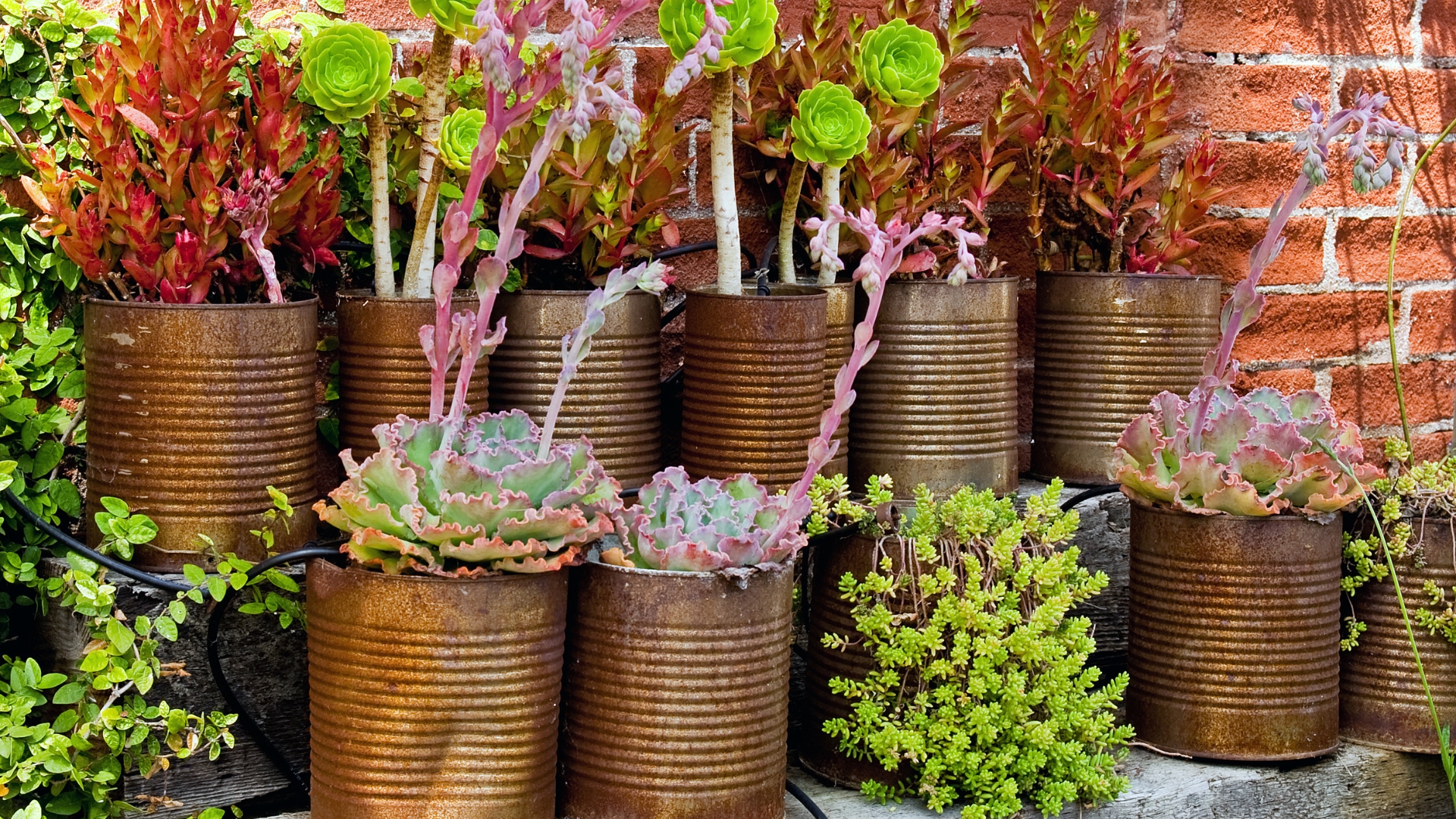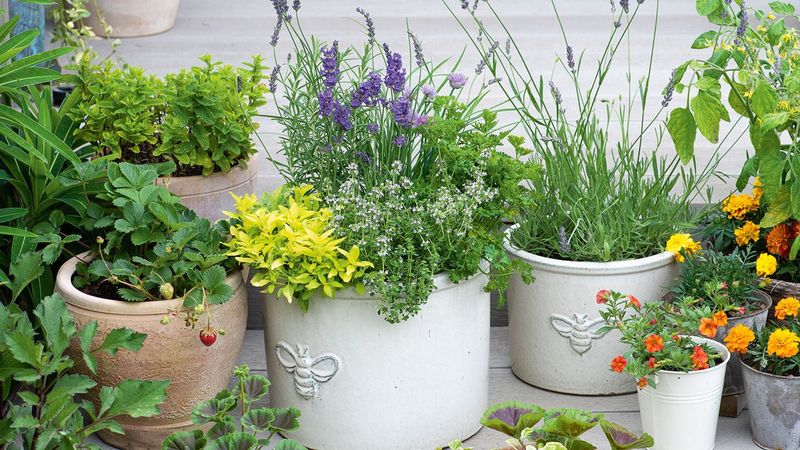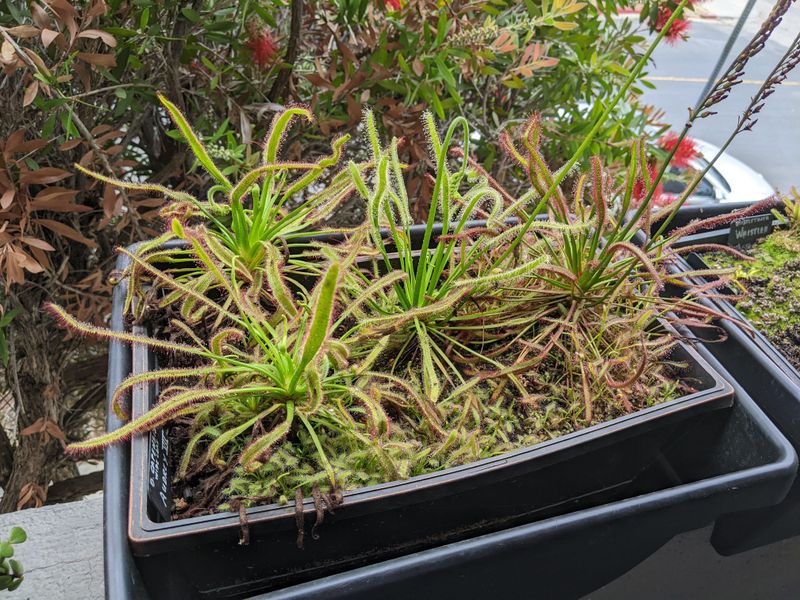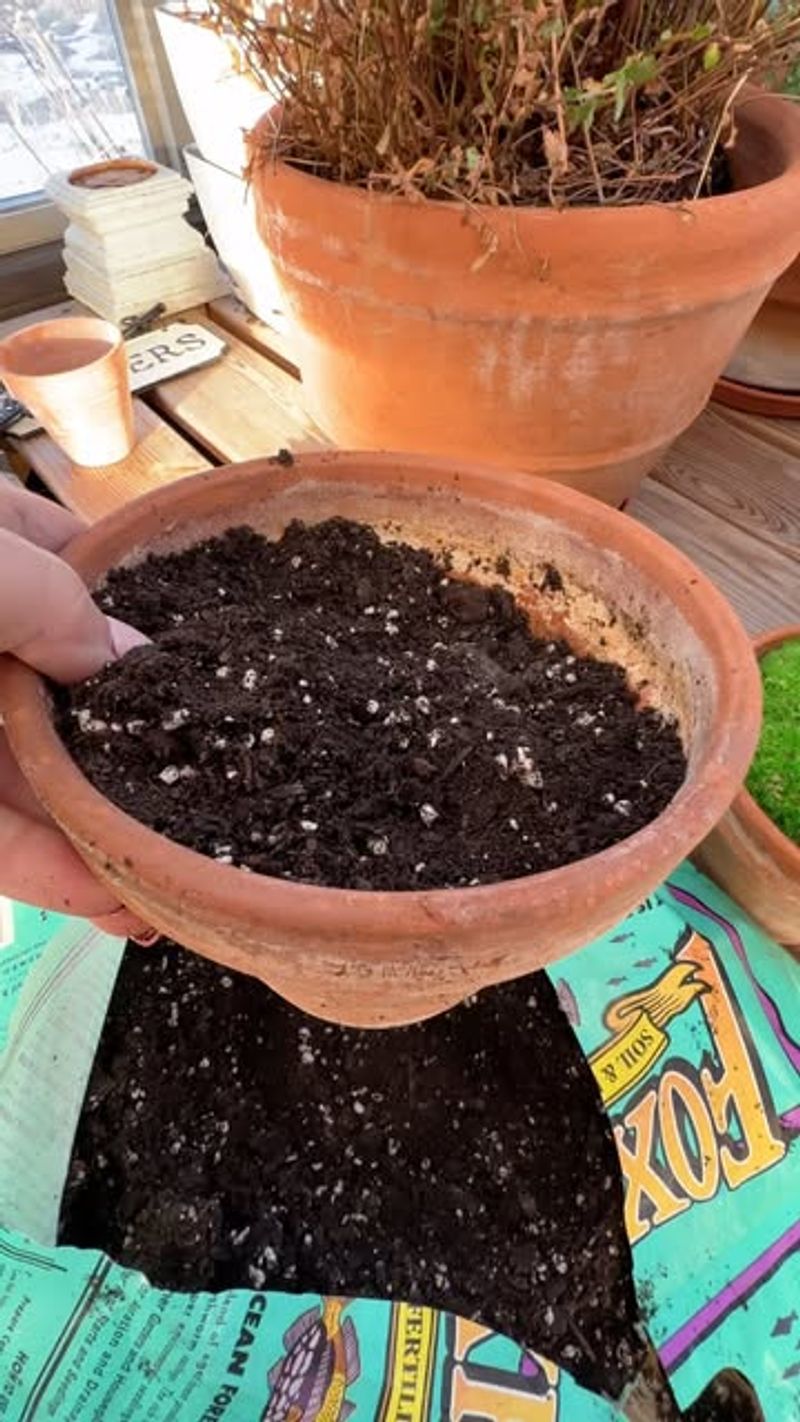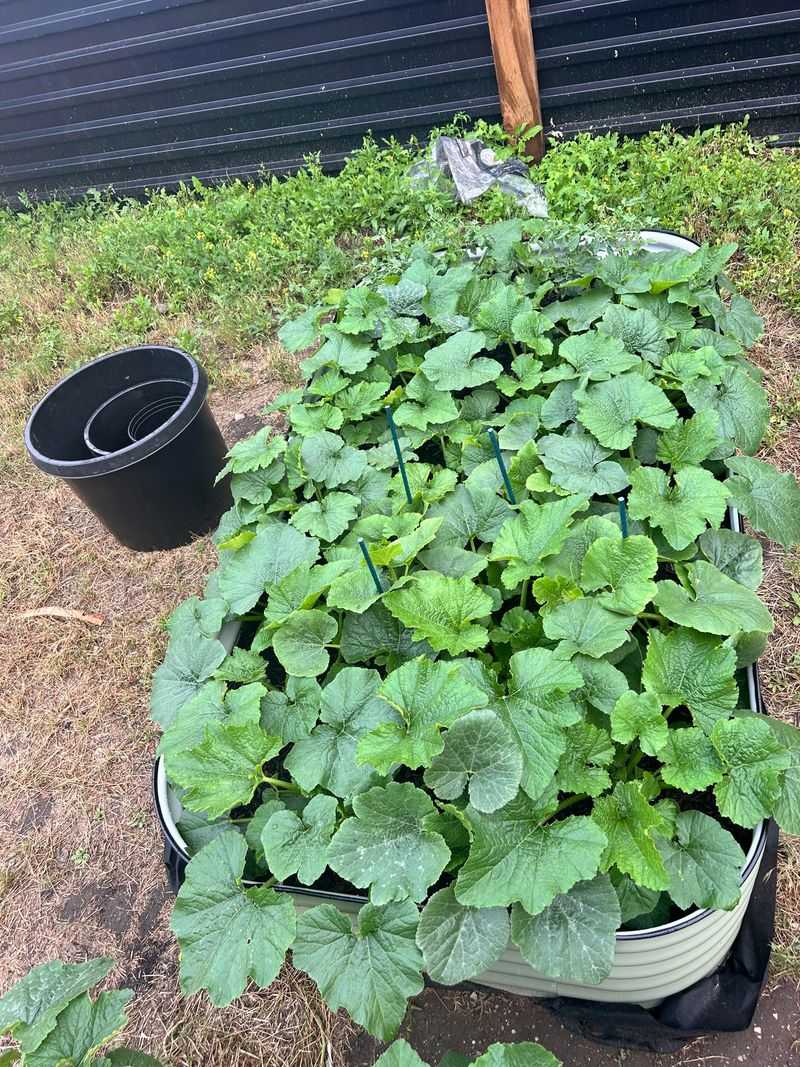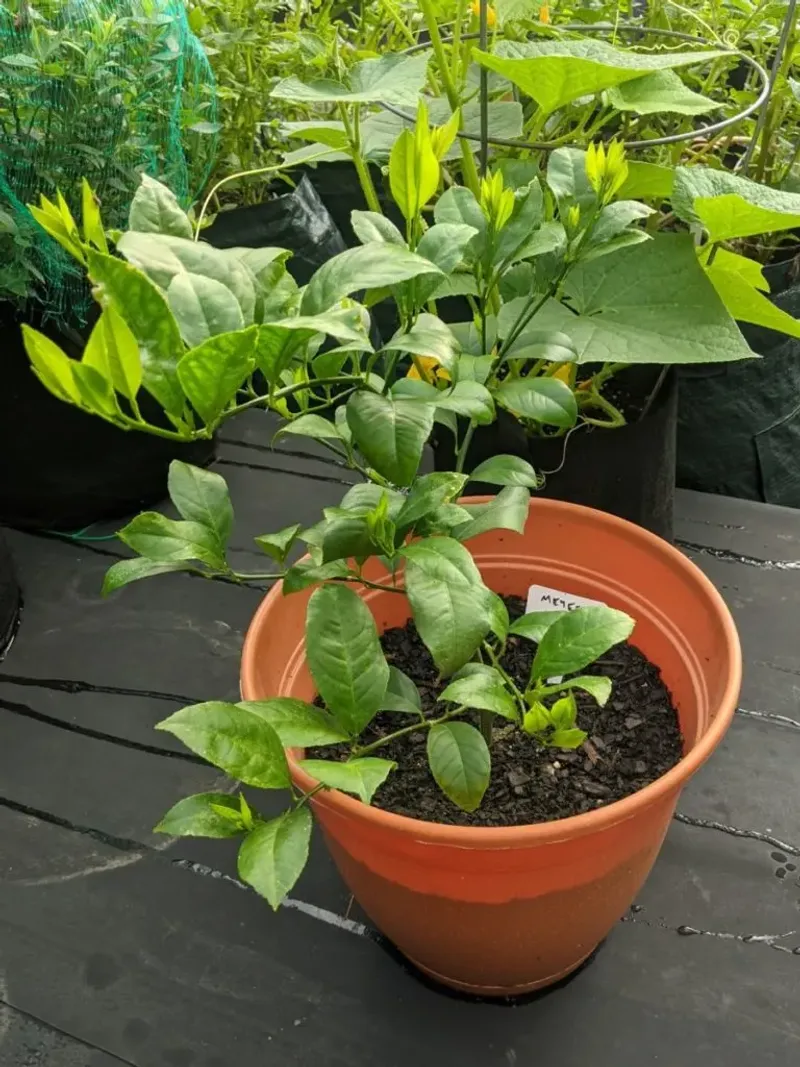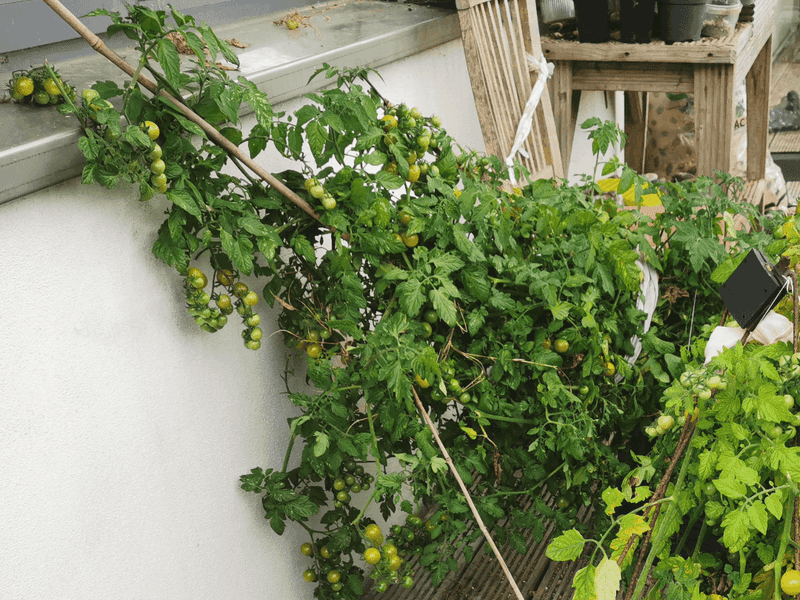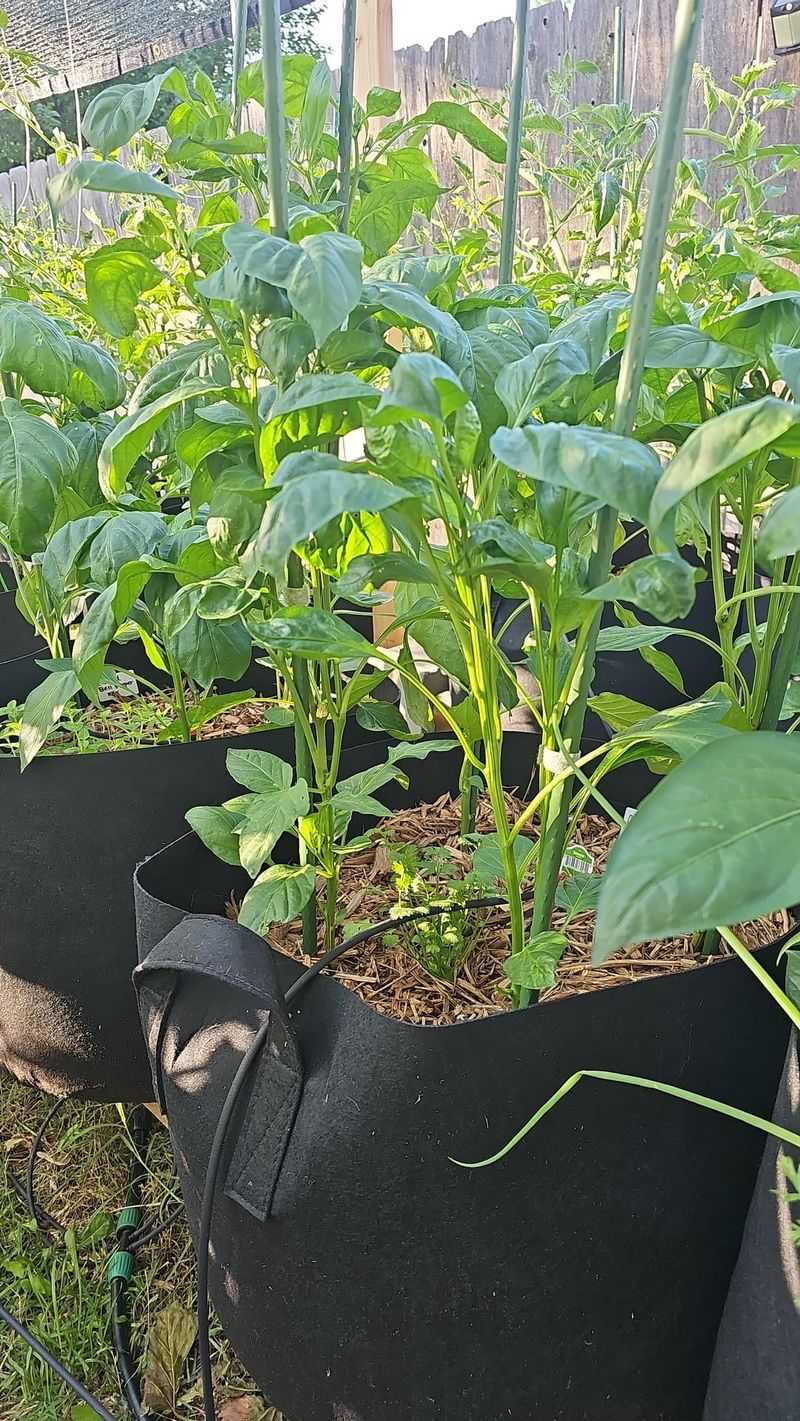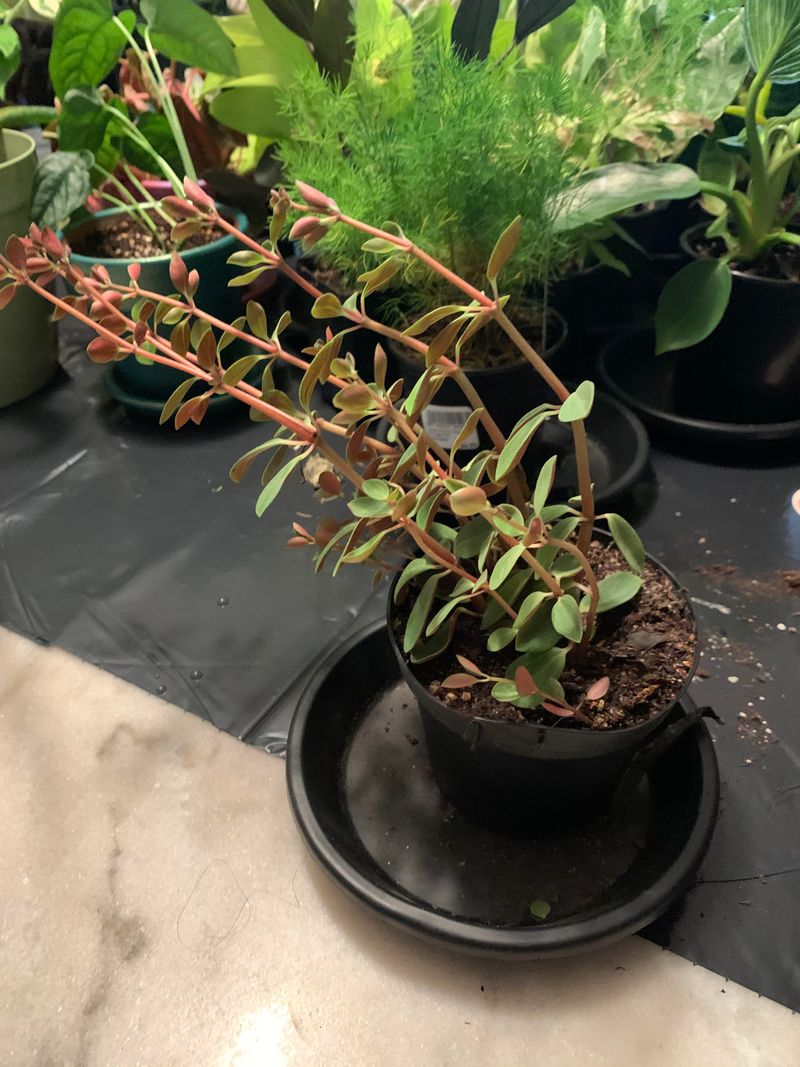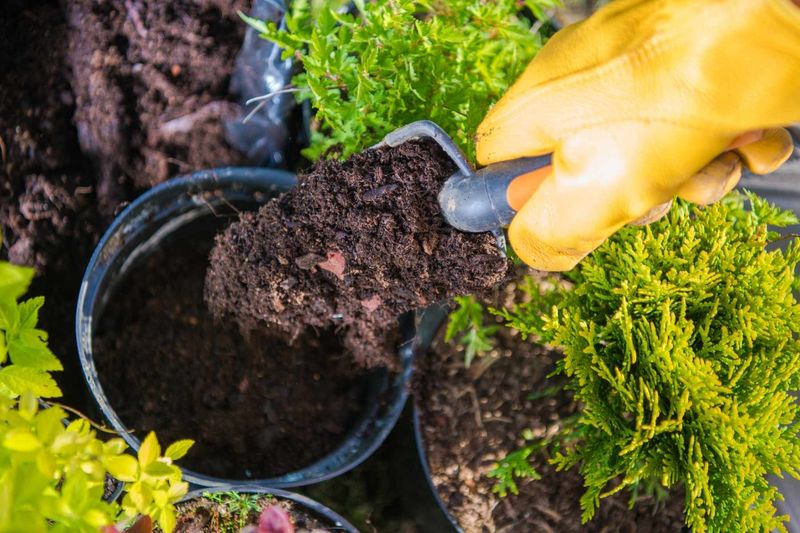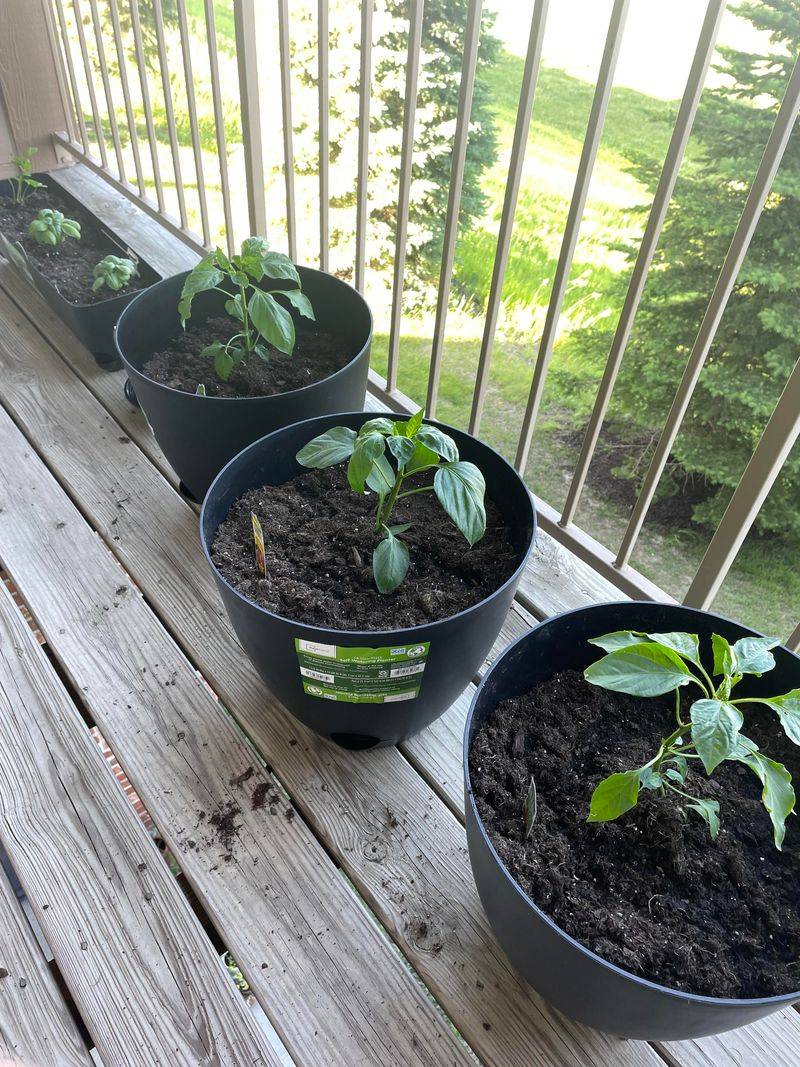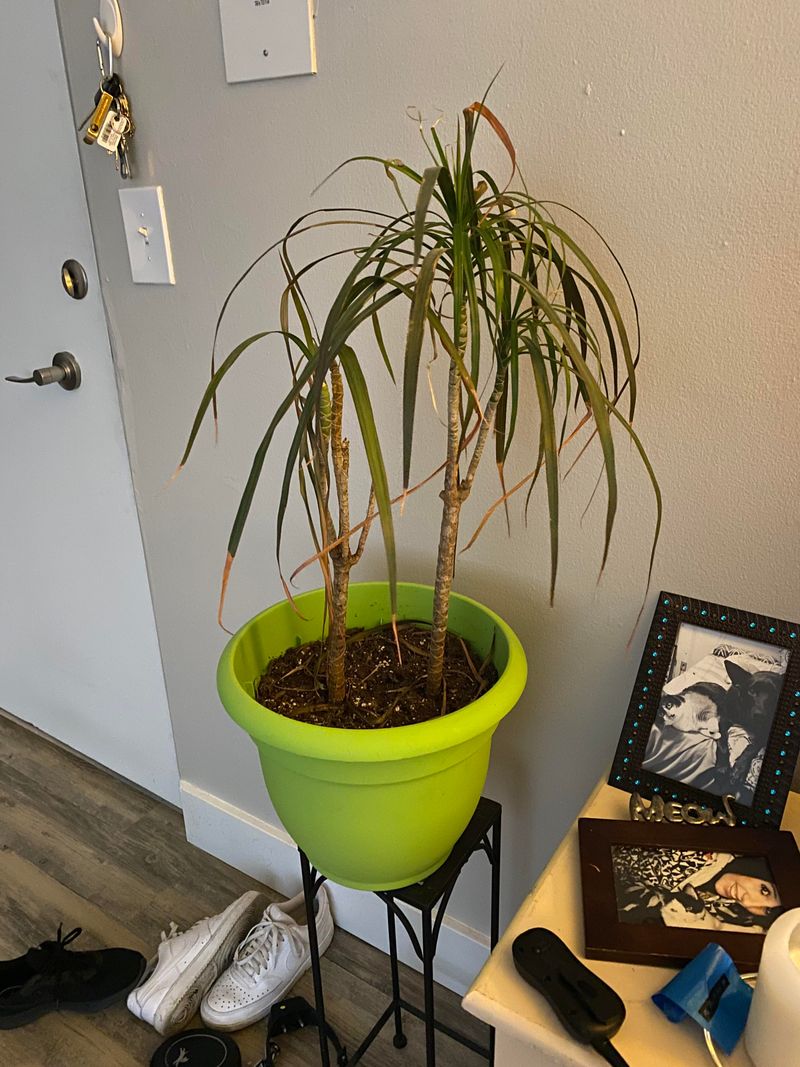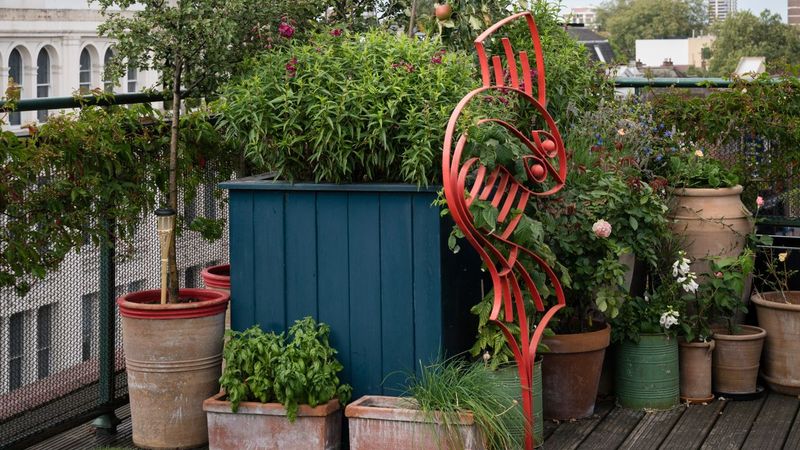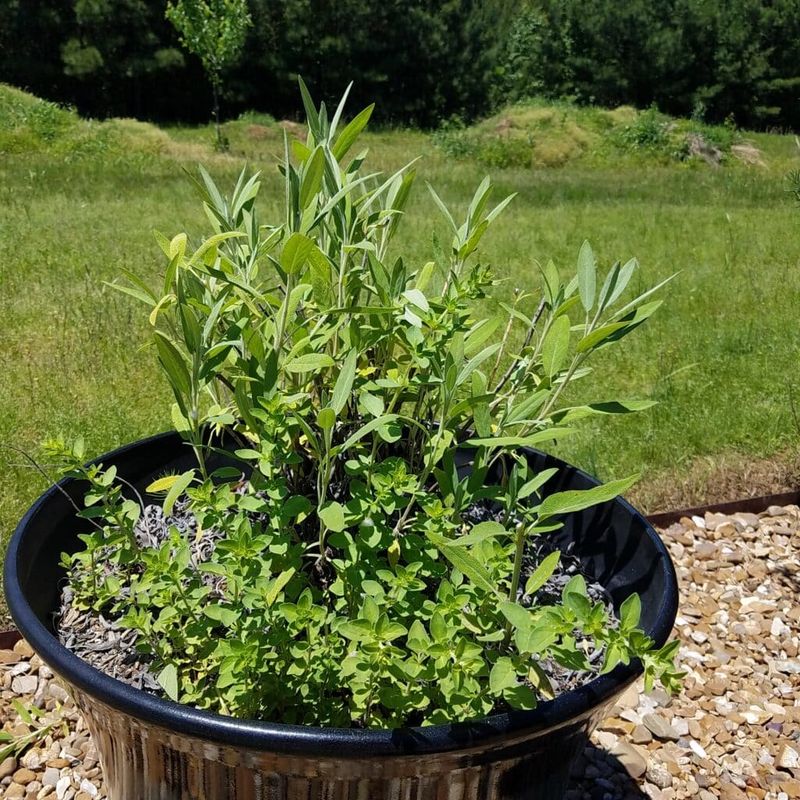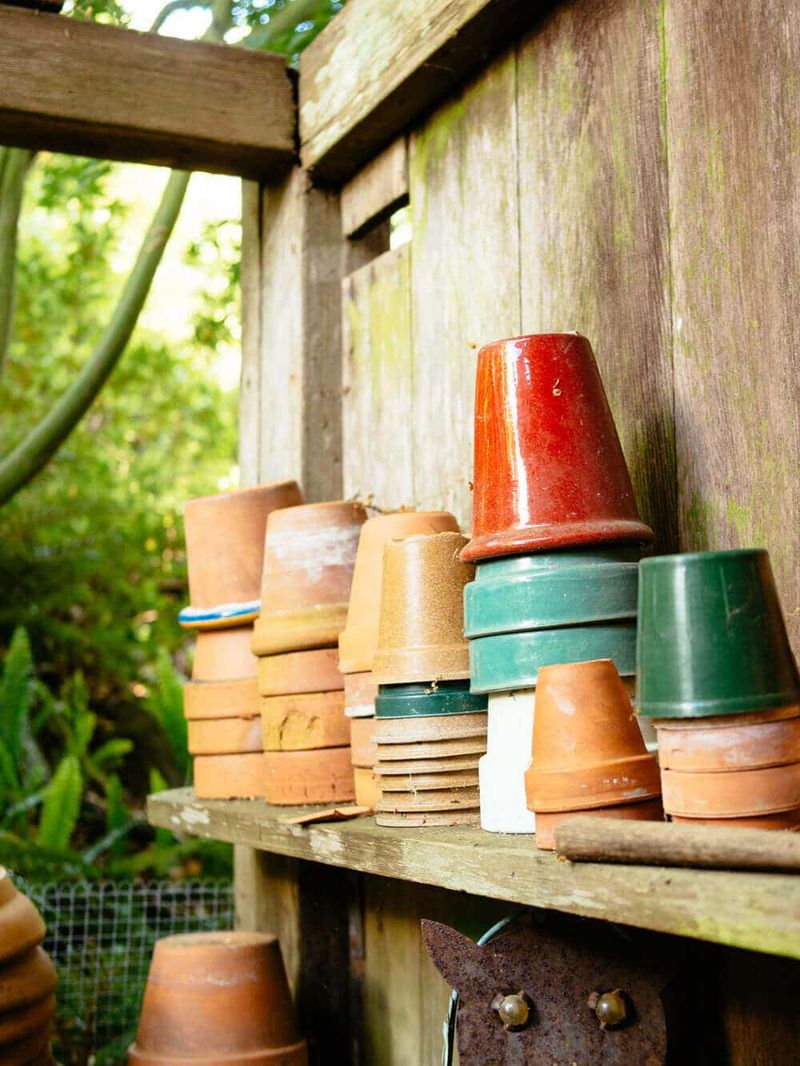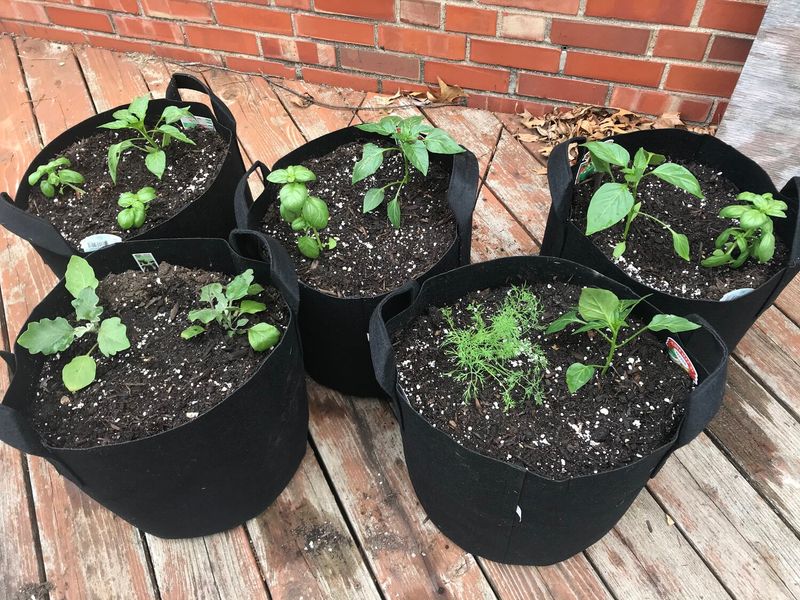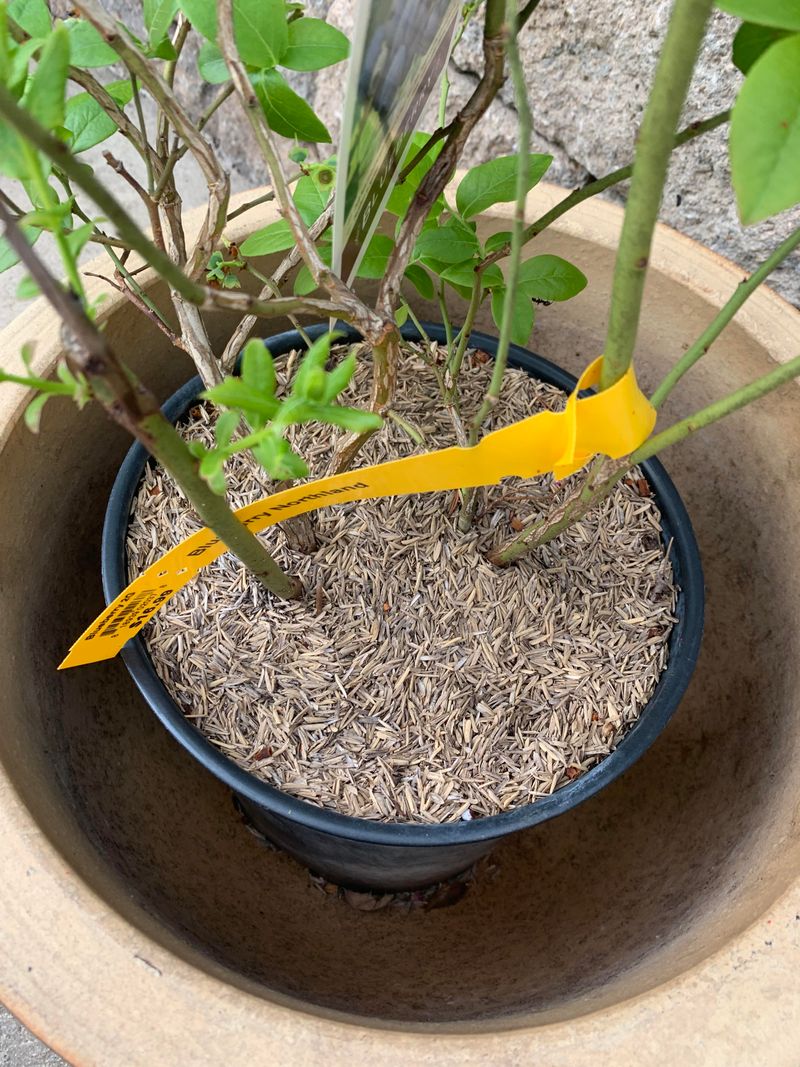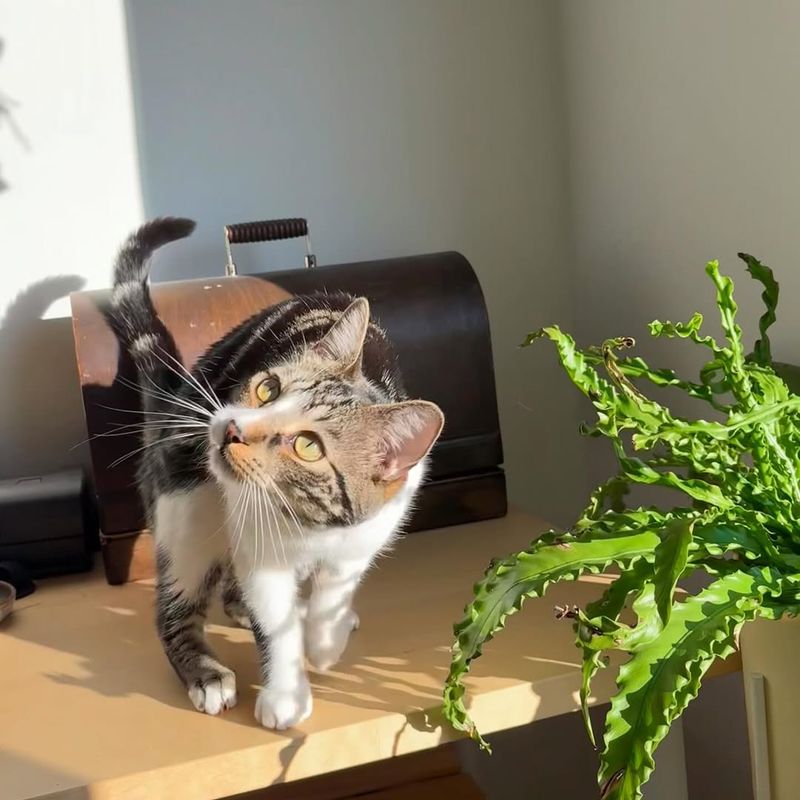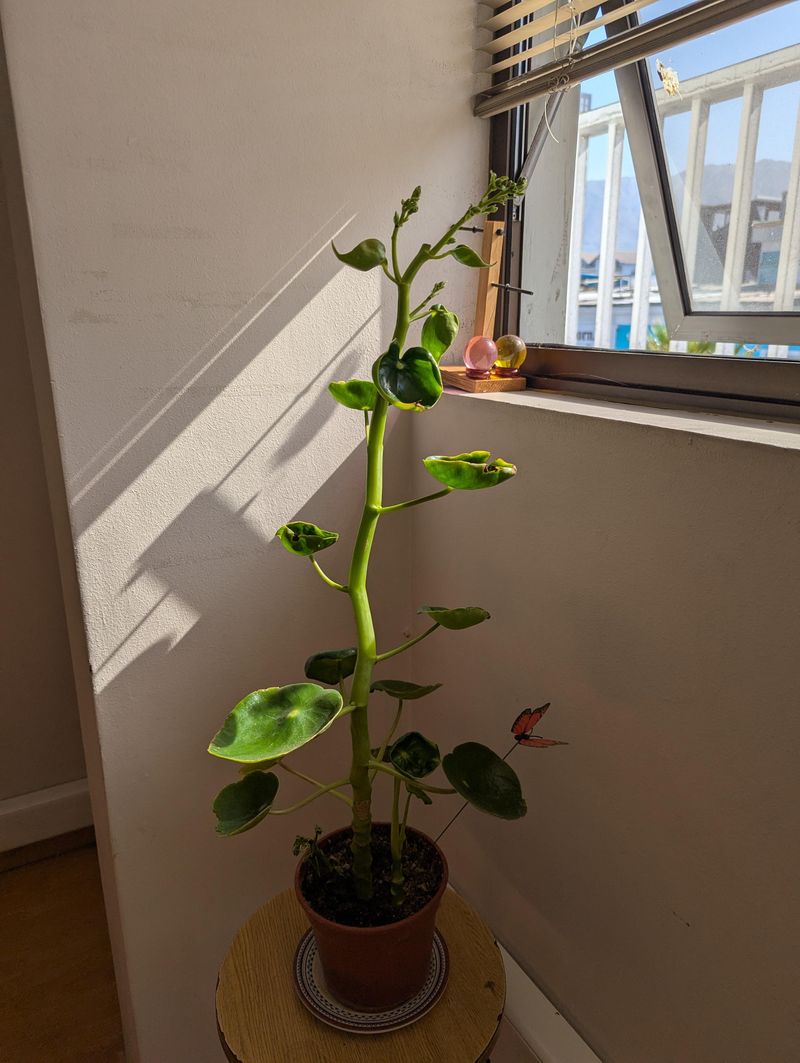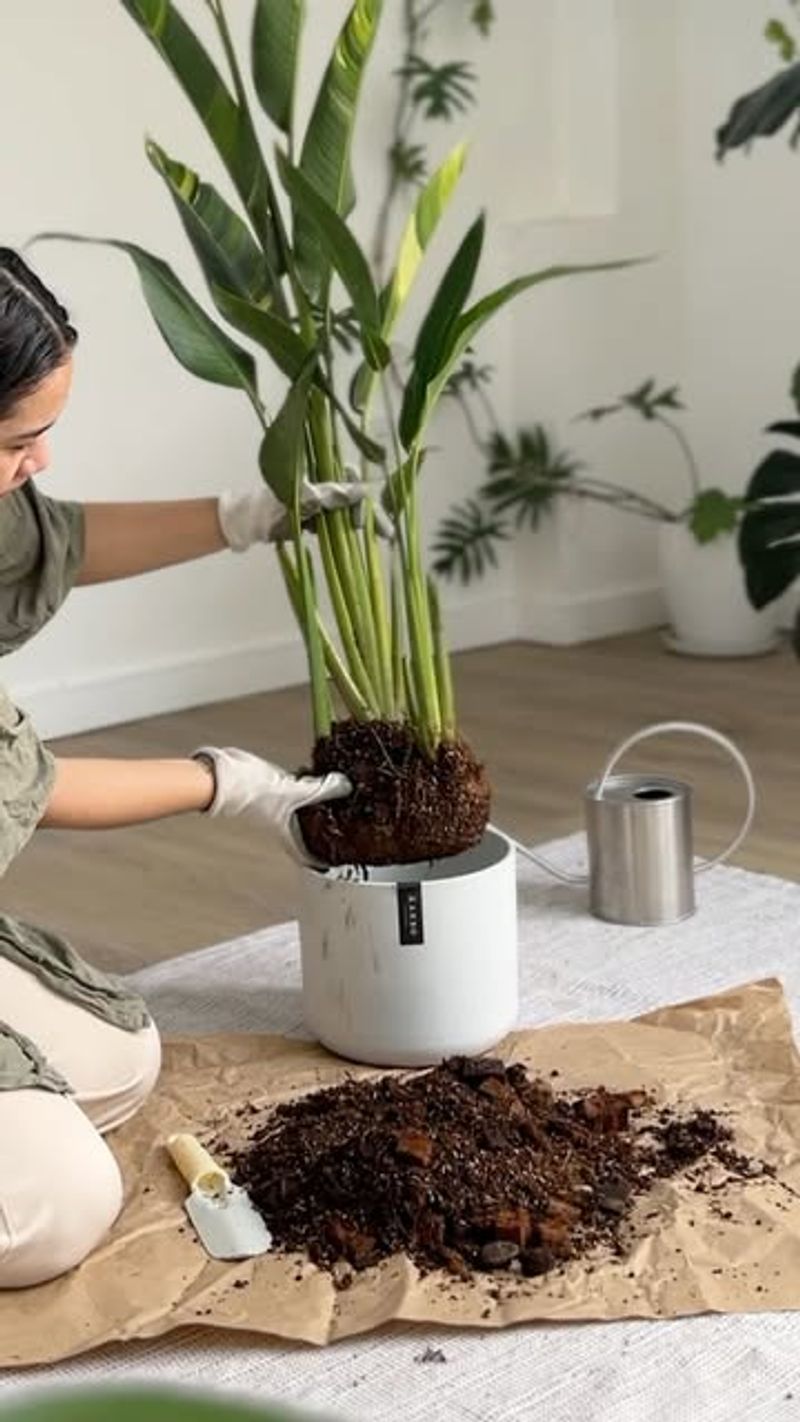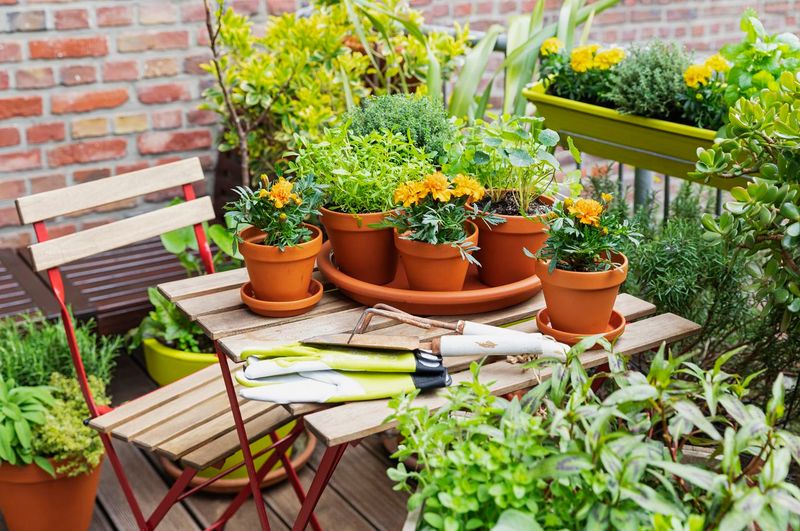I’ll be the first to admit this. Container gardening and I didn’t exactly start off as best friends. There were droopy plants, overwatered disasters, and a few sad, sunburnt tomatoes along the way.
But somewhere between the mishaps, I figured out what works (and what definitely doesn’t). Now, my patio is overflowing with thriving plants, and I can’t wait to share the little tricks that turned my blunders into gardening wins.
So grab a pot, maybe a cup of coffee, and let’s dig into the ups, downs, and unexpected joys of growing in containers!
1. Overwatering Ordeals
Ah, the classic overwatering mishap. Picture this: me, with a watering can, thinking I’m a rain god. My poor plants were drowning in my enthusiasm. The solution? I learned that less is more.
Now, I stick my finger in the soil. If it’s damp, I back off. If it’s dry, I go for it. Who knew restraint could be so liberating? Another trick? Drainage holes are your plant’s best friends.
They let the excess water escape, preventing root rot. A simple fix that saved my leafy companions. Remember, folks: Plants need a breath of fresh air too.
2. Wrong Pot Size Woes
Once upon a time, I thought bigger was better. So, I crammed my seedlings into enormous pots. Turns out, they got lost, like kids in an adult’s coat. The fix? I matched the pot to the plant’s size.
This way, roots can spread, but not too much! Think cozy, not cavernous. Small pots for small plants allow better nutrient absorption. Switching to appropriately sized pots helped my plants thrive.
It’s like giving them a snug little apartment rather than a mansion they can’t furnish. Lesson learned: sometimes, the right fit makes all the difference.
3. Ignoring Sunlight Needs
In my early gardening days, I parked my plants wherever I found space. Turns out, plants are picky about sunlight. Some bask in the sun like sunbathers, while others prefer shade like vampires.
I researched each plant’s sun preferences. Morning sun for some, afternoon shade for others. Now, I rotate the pots like they’re on a carousel, ensuring everyone gets their light fix.
It’s like orchestrating a daily sun dance, and it’s paid off! My plants are happier after I took their lighting needs seriously.
4. Neglecting Drainage
I once thought soil was soil, and pots were just fancy accessories. Little did I know, drainage was crucial. My mistake? No holes in the pots. Result? Swamp city!
The fix involved drilling holes or using pots with built-in drainage. Adding pebbles at the bottom also helped, creating space for excess water to escape.
My plants no longer sat in a soggy mess. Now, they’re as dry and happy as a cactus in a desert. It’s all about letting the roots breathe and avoid drowning in their own home.
5. Using Regular Garden Soil
Oh, the use of regular garden soil in pots! It’s dense, heavy, and suffocates plants like a tight sweater. My plants were gasping for air.
I switched to potting mix. It’s light, fluffy, and drains well. This change made my plants happier than ever, allowing their roots to breathe and grow freely.
Lesson learned: Container plants need their own special mix, not the backbreaking garden soil.
6. Crowding Containers
In my excitement, I jammed as many plants as possible into a single pot. It was a plant party! But soon, guests were fighting for resources.
I spread them out, giving each plant its own space to shine. Plants need personal space just like we do. They soak up nutrients and grow without competition. It’s amazing what a little breathing room can do.
My plants are healthier, and I have more space to admire their beauty.
7. Neglecting Fertilization
Oh, the shame of neglecting to feed my plants! I thought water and sunlight were enough. My plants begged to differ.
Instead I tried regular fertilization. I now follow a schedule, ensuring they get the nutrients they crave. Liquid fertilizers are my go-to, easy to mix and apply.
Plants need their vitamins, too. And they won’t hesitate to show their displeasure if you forget their nutritional needs.
8. Not Pruning Regularly
Pruning was once a foreign concept to me. I let my plants grow wild, thinking it was natural. But soon, they looked like neglected hairstyles. Fixing them was easy. Regular pruning. I snip away dead or overgrown parts.
Thanks to that, my plants are healthier and more attractive. Pruning encourages new growth, keeping plants in shape. My plants are happier, and so am I, seeing them flourish.
A little trim goes a long way in plant aesthetics and health. Who would’ve thought that?
9. Skipping Pest Control
Pests sneaked up on me like ninjas. One day, my plants were thriving; the next, they were a bug buffet.
The fix? Vigilant pest control. I inspect regularly, catching them before damage is done. I also use organic solutions, like neem oil or insecticidal soap.
It’s a safer option for my plants and me. My plants are pest-free, thriving in peace. It’s all about being proactive.
10. Forgetting Seasonal Adjustments
Seasons changed, but my gardening habits didn’t. My plants suffered the consequences. To take care of that I adjust care with the seasons.
In winter, I bring sensitive plants indoors. Summer? I provide shade if the sun’s too harsh. This seasonal awareness has saved many plants. It’s like dressing for the weather—my plants need that care, too.
Thanks to a little seasonal love, they’re thriving year-round. So, remember to pay attention to nature’s calendar.
11. Improper Watering Techniques
Watering was once an art I hadn’t mastered. I splashed water everywhere, drenching leaves instead of roots. So, instead I tried targeted watering. I aim for the soil, ensuring roots get their drink.
Because of that, water doesn’t sit on leaves, which helps with fungal issues. I also water early morning or late afternoon, reducing evaporation. This change made a world of difference.
My plants thank me with each leaf. Precision matters in watering. It’s about quality, not quantity.
12. Not Rotating Plants
My plants once had a permanent tilt, growing towards the light like sun-chasers. The fix? Regular rotation. I give each pot a spin, ensuring even growth.
Plants now grow symmetrically, basking in balanced light. This simple action boosted their health and aesthetics. So, a little twist now and then keeps plants standing tall and strong.
13. Ignoring Soil PH
This was a mystery to me. I assumed dirt was dirt. Turns out, pH impacts nutrient absorption. I tried testing soil pH. I adjusted using lime or sulfur, as needed.
My plants absorb nutrients efficiently. It’s like finding the perfect balance in a recipe. Essential for success. Don’t overlook the power of pH in plant care. Take this advice and thank me later.
14. Choosing The Wrong Plants
I used to pick plants the way some people pick furniture. Purely based on looks. Big mistake! Some of them struggled in my climate, while others demanded way more care than I was ready to give.
Now, I am actually researching before buying (who knew, right?). I choose plants that want to be here, and instead of barely surviving, they thrive. Turns out, compatibility matters just as much in gardening as it does in relationships!
15. Overlooking Air Circulation
Ever been stuck in a packed elevator with no air? That’s how my plants felt. I crammed them together, thinking it looked good, but all I did was create a breeding ground for mold.
Now, I space them out, let the air flow, and sometimes even give them a gentle breeze with a fan. It’s like cracking a window on a stuffy day. Instant relief.
16. Ignoring Weather Changes
Plants are at the mercy of the weather, and at first, I wasn’t exactly their best protector. A heatwave would hit, a storm would roll in, and I’d just… hope for the best.
That hope wilted along with my plants. Now, I keep an eye on the forecast and move them when needed. A little shade, a little shelter. It’s like carrying an umbrella before it rains.
17. Using Non-Compatible Plants Together
You’d think plants would just get along, right? Nope. I once mixed a water-loving plant with one that liked dry soil, and it was like pairing a night owl with an early riser. Chaos.
So now, I make sure they have similar needs before putting them in the same space. It’s less of a random plant party and more of a carefully planned dinner guest list. Everyone’s happy.
18. Not Cleaning Containers
Reusing dirty pots seemed harmless. Until my new plants started having the same weird issues as the old ones.
Turns out, diseases and pests don’t magically disappear when you swap out the soil. Instead, I give my pots a good scrub before replanting.
It’s like washing your coffee mug instead of just refilling it every day. Basic, but necessary.
19. Overlooking Drainage Layers
I used to fill pots straight with soil, thinking drainage layers were just extra work. Then came the sad, waterlogged roots and the inevitable plant funeral.
Now, I toss in some pebbles or broken pottery at the bottom, and suddenly, my plants aren’t drowning. A simple fix that makes all the difference.
20. Confusing Plant Labels
I’d plant something and think, I’ll totally remember what this is! Spoiler: I never did. I’d mix up herbs, give full sun to shade lovers, and end up googling “mystery plant” more times than I care to admit.
Since then, I label everything properly. It’s a game-changer. No more guessing, no more surprises. Just a well-organized, thriving garden that finally makes sense.
21. Not Protecting From Pets
I thought I was growing an indoor jungle. Turns out, my pets saw it as their personal playground. Digging in the soil, batting leaves, even chewing on my plants… absolute chaos.
I tried scolding, but they just stared at me like, what’s the problem? The real fix? Pet-proofing. I put up barriers, chose pet-safe plants, and made a little “plant-free zone” for them to distract their curiosity.
Now, my plants and pets coexist in harmony. No more shredded leaves, and no more stress.
22. Using Too Much Fertilizer
I used to think fertilizer was like vitamins. The more, the better. Spoiler: it’s more like caffeine. A little helps, too much and things start going downhill fast.
My plants got leggy, burned, and looked downright miserable. And now, I actually measure out doses (who knew instructions mattered?) and feed them in moderation.
Turns out, plants like balance just as much as we do. Pretty interesting, right?
23. Neglecting Indoor Plant Light
I once put a plant in a corner purely for aesthetic reasons. It looked great… until it didn’t. The leaves faded, growth slowed, and I realized I’d basically stuck it in the plant version of a dungeon.
Now, I think of light like plant food—without enough, they starve. I move plants closer to windows, rotate them regularly, and use grow lights when needed.
It’s a game of tryouts, but at least now my plants are living decor, not just sad ornaments.
24. Not Checking For Root Bound Plants
I kept wondering why one of my plants just… stopped growing. I watered, I fertilized, I talked to it (because, you know, science says it helps). Nothing. Finally, I checked the roots—and wow.
Completely tangled, circling the pot like a nest of snakes. The poor thing was suffocating.
I check my plants regularly now. I loosen their roots before repotting, and give them space to breathe. Everyone loves an upgrade, right?
25. Ignoring Plant Signs
Plants don’t text when they need help, but they do communicate. Wilted leaves, yellow spots, slow growth. I just wasn’t paying attention. By the time I noticed, things were already bad.
I’ve learned to check in daily and look for small changes before they become big problems. It’s like learning a new language—the more you listen, the more you understand.
My plants are healthier, and I feel like a much better plant parent.

